Réserver en direct et profitez du meilleur prix garanti !
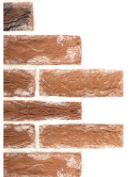
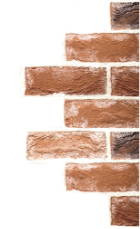
L'hôtel
La Villa 10 Hôtel Etretat
Notre villa du 19ème siècle s’élève au cœur d’Etretat, à 400 mètres de la plage. Avec sa superbe façade à l’architecture typique et ses intérieurs chaleureux, la Villa 10 se fond dans l’atmosphère littéraire d’Etretat, cité qui a vu naître Arsène Lupin.
Dans le bâtiment principal et dans l’annexe, on découvre les chambres confortables, imaginées dans un esprit mêlant vintage et touches contemporaines. Le décor est travaillé dans les moindres détails pour offrir une ambiance unique, des papiers peints vibrants aux mobiliers anciens et passant par des équipements de la meilleure qualité.
La Villa 10 propose aussi un Spa avec des soins de Shiatsu, un bar et un partenariat avec un restaurant local incontournable, l’Huitrière.
Nos Chambres
Vintage revisité
Comme des cocons hors du temps, les chambres de la Villa 10 mêlent mobilier vintage et éléments contemporains, papiers peints aux coloris tendances et architecture typique. Posez vos valises dans ces espaces soigneusement aménagés. Laissez-vous charmer par une atmosphère aux accents littéraires, qui n’est pas sans rappeler l’univers d’Arsène Lupin.
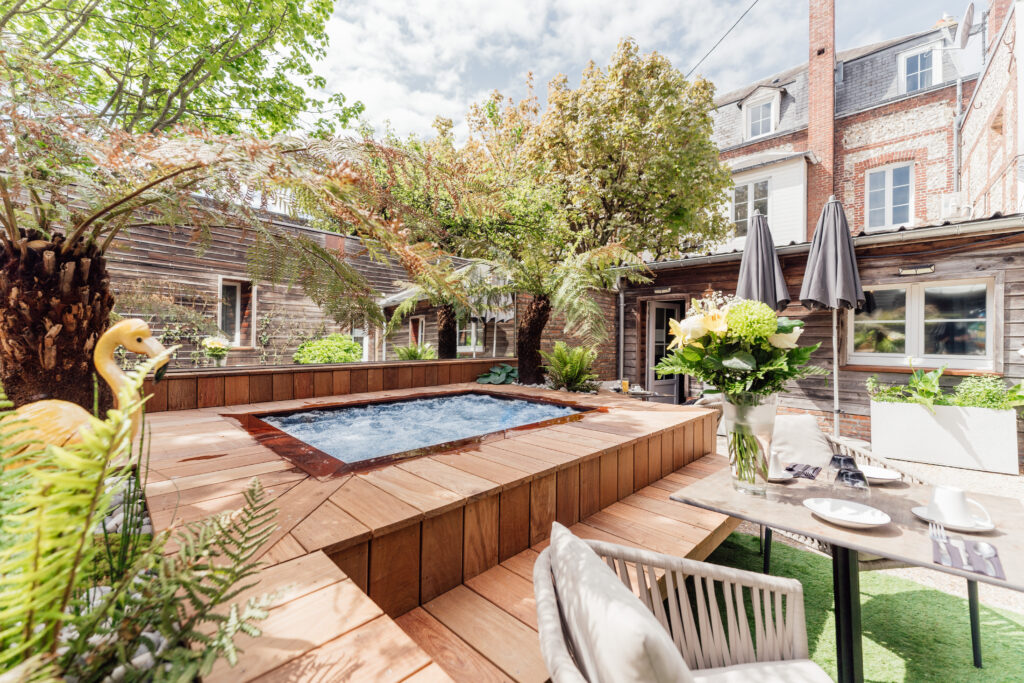
Notre Spa
Mettre le temps sur pause
Plus qu’un hôtel, la Villa 10 propose à ses visiteurs une véritable expérience de relaxation. Dans le tout nouvel espace bien-être, accordez-vous une pause dans la chaleur sèche du sauna ou les vapeurs apaisantes du hammam. Complétez ce moment par un soin shiatsu, un massage ou un soin d’hydrothérapie aux multiples bienfaits.
La Villa 10 propose également des cours de yoga.

Notre Bar
Spot incontournable
S’installer dans un fauteuil confortable, siroter un verre rafraîchissant ou un café bien chaud… Le bar de la Villa 10 est le lieu idéal pour vous retrouver après une journée de découverte à travers la Normandie. Dans une atmosphère feutrée et chaleureuse en intérieur ou conviviale sur la terrasse, découvrez notre sélection de boissons, vins, cocktails et complétez avec un encas gourmand.
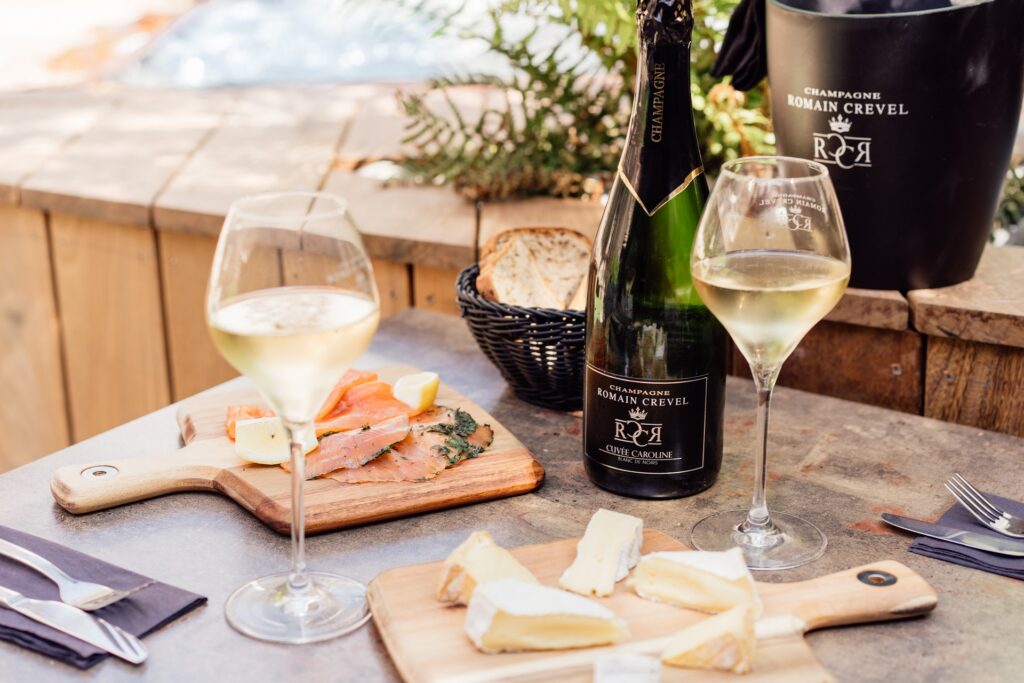
Services & Prestations
de l'hôtel
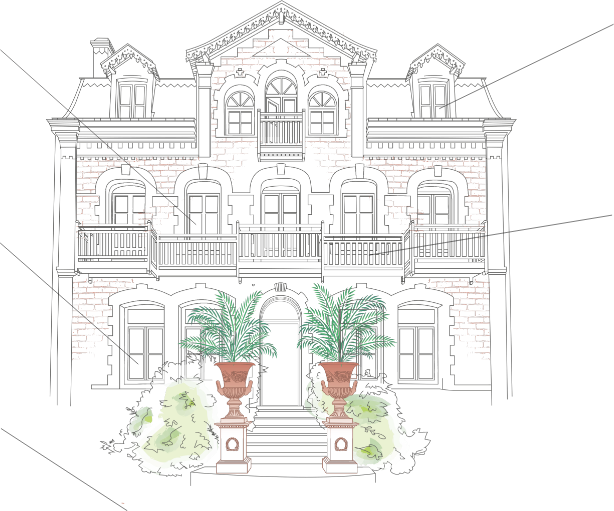
SPA
Balcon
Chambres
Petit-Déjeuner
Accès
parking payant (15€)
Offres Spéciales
de l'hôtel
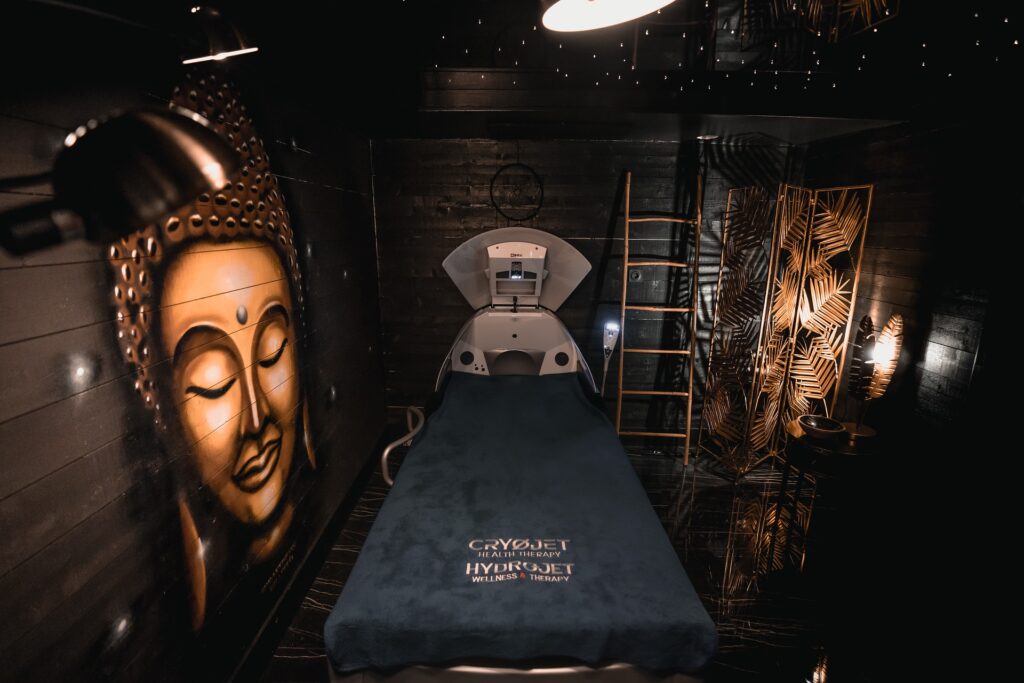
Organisez votre étape dans notre hôtel spa à Etretat. Échappée gourmande, pause détente, séjour d’affaires… Réservez votre séjour dès aujourd’hui et profitez des meilleurs prix avec nos offres spéciales.
Contact & Accès
de l'hôtel
*Champs obligatoires. Ces informations restent confidentielles et ne seront jamais diffusées à quelque organisme que ce soit.
**En soumettant ce formulaire, j’accepte que les informations saisies dans ce formulaire soient utilisées et traitées pour permettre de me recontacter, dans le cadre de ma demande d’informations, que ce soit par mail, ou téléphone. Pour connaître et exercer vos droits, notamment de retrait de consentement à l’utilisation de données collectées par ce formulaire. Veuillez consulter notre politique de confidentialité. Mentions légales
Tourisme
en Normandie

Autrefois village de pêcheurs, Etretat est désormais une destination de choix pour des vacances en Normandie. D’une balade sur les falaises à une partie de golf, découvrez nos suggestions de visites autour de la Villa 10.
